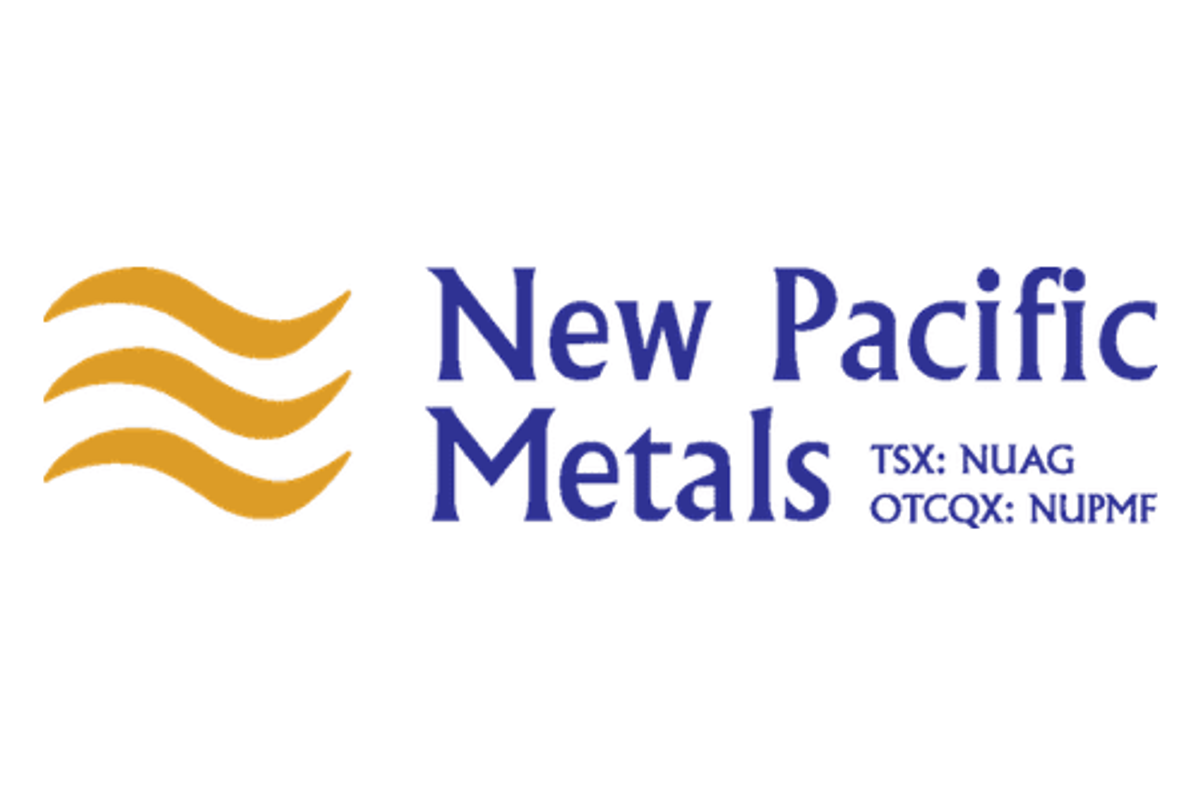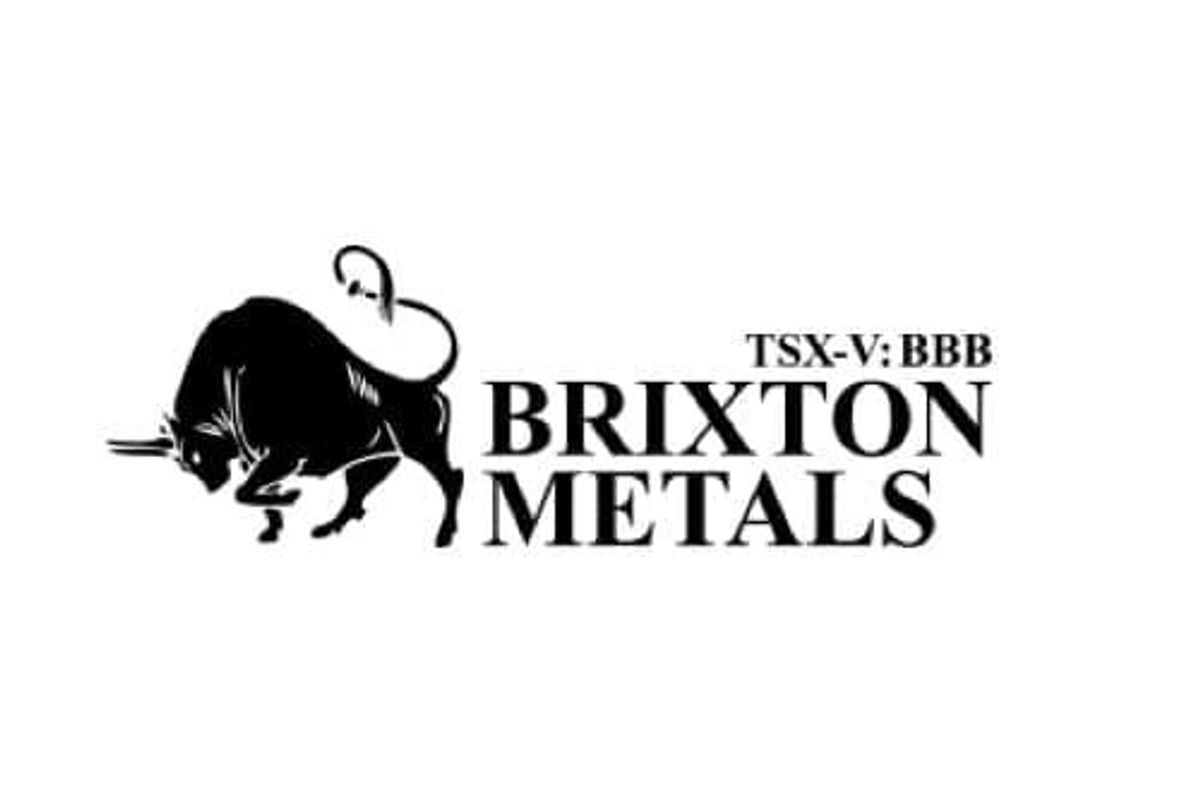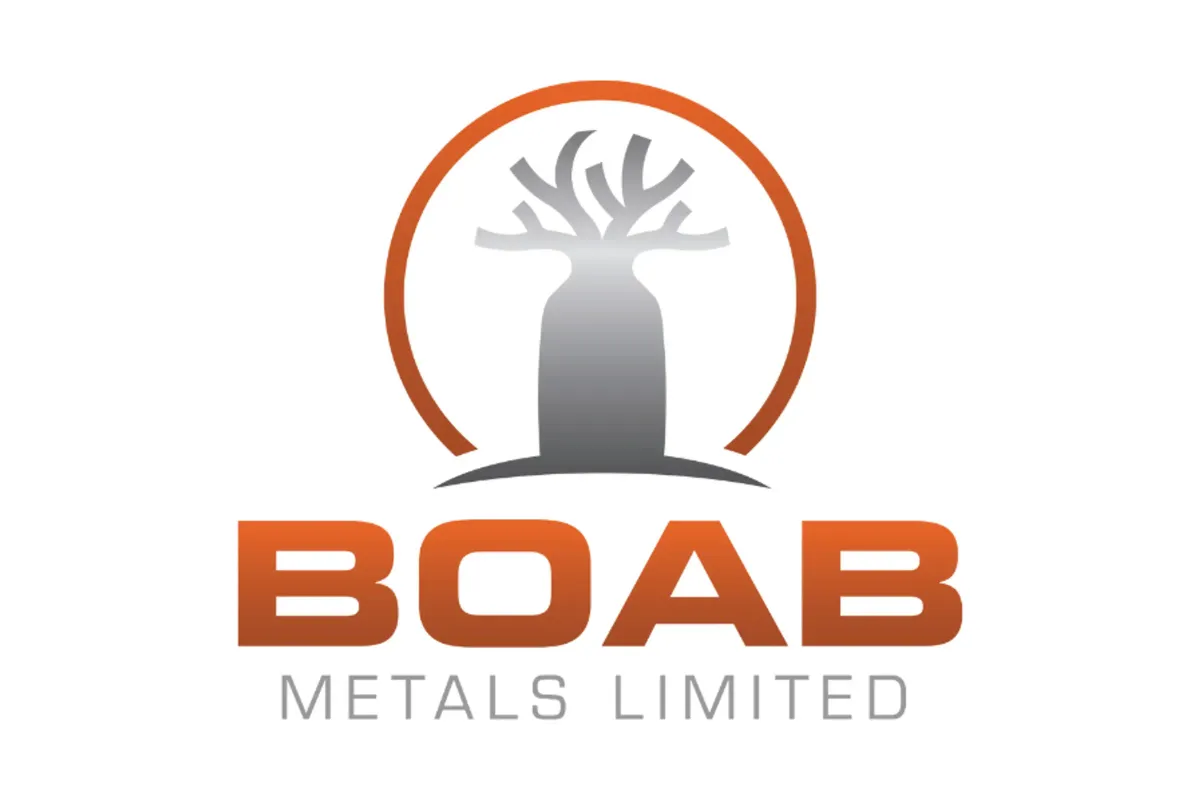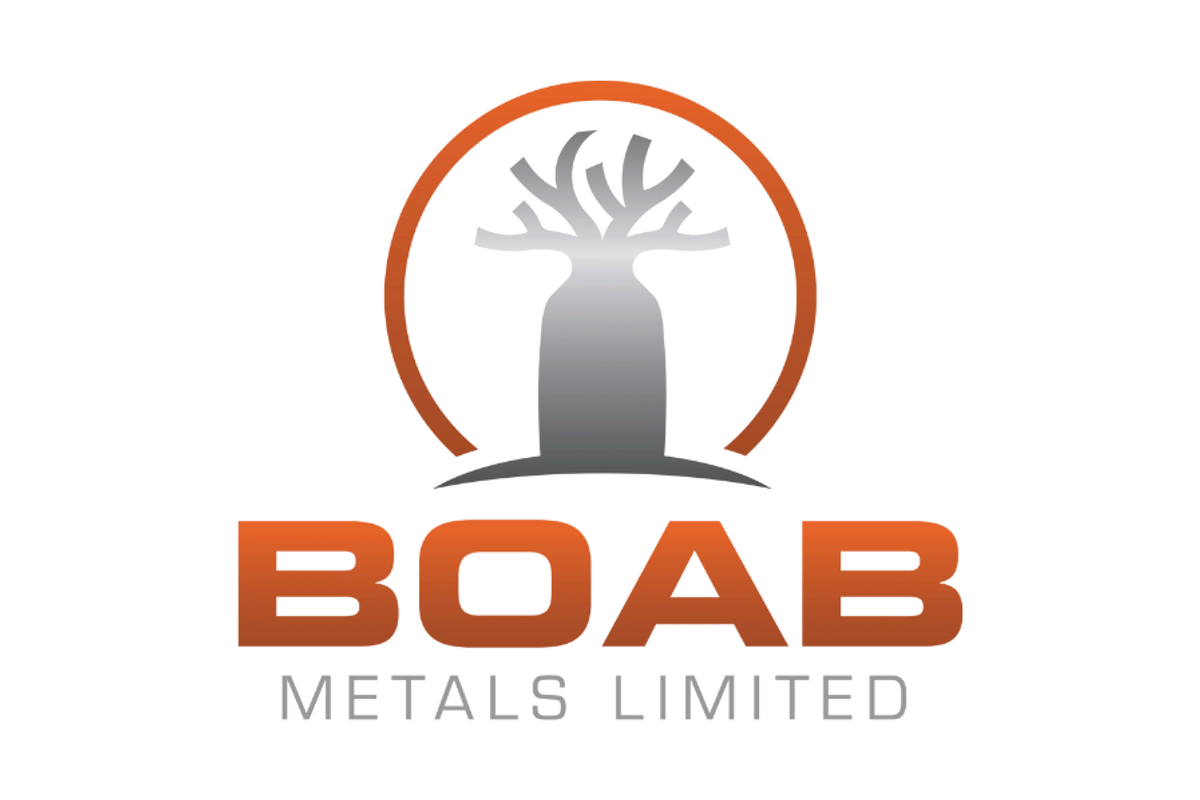- Divestment of non-core assets advances the Company's portfolio optimization strategy
- Total cash proceeds of US$593 million strengthen the balance sheet
- Reduces 2023 and future care and maintenance costs
Pan American Silver Corp. (NYSE: PAAS) (TSX: PAAS) ("Pan American" or the "Company") is pleased to announce the status of our divestment of certain non-core assets, including the sale of our interest in the MARA project in Argentina, the Morococha mine in Peru, and the Agua de la Falda project in Chile.
"The sale of these non-core assets is aligned with our stated aim of optimizing our portfolio following the Yamana acquisition. These transactions not only reaffirm our commitment to our core business but also yield substantial and immediate value to our shareholders, while maintaining future upside through the retention of copper and gold royalties with strong counterparties," said Michael Steinmann, President and Chief Executive Officer of Pan American. "The consideration for the sale of MARA, coupled with the other sales, will yield total cash proceeds of US$593 million. The cash proceeds will allow us to both fully repay the amount drawn on our credit facility and increase our cash position, further enhancing the resilience of our balance sheet. These transactions will also allow Pan American to reduce its annual project development, reclamation and care and maintenance costs, which for MARA and Morococha amounted to US$15.7 million in Q2 2023. This improved balance sheet strength creates enhanced opportunities for the Company, providing increased capital to advance key strategic projects, including the La Colorada Skarn Project."
MARA
Pan American has entered into a binding agreement to sell its 56.25% interest in the MARA Project ("MARA" or the "Project"), located in the Catamarca province of Argentina, to Glencore International AG ("Glencore"). Pan American acquired its 56.25% interest in MARA through its acquisition of Yamana Gold Inc. ("Yamana"), which closed on March 31, 2023. At present, Glencore holds a 43.75% interest in MARA, and upon the completion of the transaction, Glencore will assume 100% ownership of the Project.
MARA was initially established as a joint venture in December 2020 amongst Yamana, Glencore and Newmont Corporation ("Newmont"), following the integration of the Minera Alumbrera plant and mining infrastructure and the Agua Rica project. On September 23, 2022, Glencore announced that it had acquired Newmont's 18.75% interest in MARA, thereby increasing its ownership in the Project to 43.75%, at that time.
Under the terms of the agreement, at closing Glencore will pay US$475 million, in cash, and will grant Pan American a life-of-mine copper net smelter return ("NSR") royalty of 0.75%, with the right for Pan American to freely transfer the royalty.
MARA feasibility studies, reclamation and care and maintenance ("C&M") costs for the Project for the three-month period ending June 30, 2023, amounted to US$11.5 million for Pan American's portion. Future C&M costs will be eliminated upon closing of the transaction. Pan American estimated MARA feasibility studies, reclamation and C&M costs for the Project of US$60 million to US$65 million on a 100% ownership basis for 2023, as per the Company's guidance provided on May 10, 2023.
The closing of the transaction is subject to customary conditions and regulatory filings. Pan American expects the transaction to be completed in the third quarter of 2023.
Morococha
Pan American placed the Morococha mine on C&M in early 2022, while it evaluated alternative strategic opportunities for the asset following the closure of the Amistad processing plant, pursuant to an agreement with Aluminum Corporation of China ("Chinalco"). As previously disclosed, in June 2010, the Company finalized a framework agreement with Chinalco that entailed the relocation of core Morococha facilities, including the Amistad processing plant, in stages, to facilitate the incremental expansion of Chinalco's Toromocho open pit copper mine.
On June 19, 2023, Pan American entered into a binding agreement to sell its 92.3% interest in Compañia Minera Argentum S.A. ("CMA"), its Peruvian subsidiary that owns the Morococha mine, to Alpayana S.A. ("Alpayana"), also a Peruvian mining company. Alpayana owns a number of operating mines in the region.
Under the terms of the agreement, Alpayana will acquire the shares of CMA in exchange for a cash consideration of US$25 million, payable upon closing of the transaction. The completion of the transaction is subject to customary conditions and regulatory approval from the Peruvian National Institute for the Defense of Competition and Protection of Intellectual Property. Pan American expects the transaction to be completed in the third quarter of 2023.
C&M costs for the Morococha mine for the six-month period ending June 30, 2023 amounted to US$13.2 million. Future C&M costs will be eliminated upon closing of the transaction.
As a result of this executed agreement, the net assets of CMA, including the Morococha mine, will be classified as "held for sale", and accordingly will be presented separately under current assets and liabilities in the Company's second quarter 2023 unaudited interim consolidated financial statements. Further, a net of tax impairment charge of US$33.3 million (US$42.4 million pre tax) will be taken to the CMA net assets.
Agua de la Falda
Pan American has entered into a binding agreement with Rio Tinto Mining & Exploration Ltd. Agencia en Chile SPA ("Rio Tinto"), a subsidiary of Rio Tinto Limited, to sell its 57.75% interest in Agua de la Falda S.A. ("ADLF"), a Chilean company that holds the historical Jeronimo project, located in the Atacama region of northern Chile, as well as several adjoining concessions, that are indirectly wholly owned by Pan American. Pan American acquired its interest in ADLF through its acquisition of Yamana. The remaining 42.25% interest is held by Corporación Nacional del Cobre de Chile ("CODELCO").
Under the terms of the agreement, Rio Tinto will pay US$45.55 million, in cash, upon closing and will grant Pan American a NSR royalty of 1.25% on all precious metals and a NSR royalty of 0.2% on all base metals, on a pro rata basis in accordance with the interest acquired by Rio Tinto, on production from certain mineral concessions.
The closing of the transaction is subject to the execution of definitive documentation and customary conditions. No regulatory approvals or filings are required. Pan American expects the transaction to be completed in the third quarter of 2023.
Equity Interests
During the second quarter of 2023, Pan American divested of a number of non-controlling equity investments for a total consideration of US$47.1 million.
About Pan American Silver
Pan American Silver is a leading producer of precious metals in the Americas, operating silver and gold mines in Canada, Mexico, Peru, Bolivia, Argentina, Chile and Brazil. We also own the Escobal mine in Guatemala that is currently not operating, and we hold interests in exploration and development projects. We have been operating in the Americas for nearly three decades, earning an industry-leading reputation for sustainability performance, operational excellence and prudent financial management. We are headquartered in Vancouver, B.C. and our shares trade on the New York Stock Exchange and the Toronto Stock Exchange under the symbol "PAAS".
Learn more at panamericansilver.com .
Cautionary Note Regarding Forward-Looking Statements and Information
Certain of the statements and information in this news release constitute "forward-looking statements" within the meaning of the United States Private Securities Litigation Reform Act of 1995 and "forward-looking information" within the meaning of applicable Canadian provincial securities laws. All statements, other than statements of historical fact, are forward-looking statements or information. Forward-looking statements or information in this news release relate to, among other things: the receipt of any necessary regulatory approvals and successful completion of the proposed transactions in respect of MARA, Morococha and Agua de la Falda (the "non-core assets"), as well as the anticipated terms and timing for the completion thereof; the anticipated use of proceeds, including to fully repay the amount drawn on our credit facility; the anticipated benefits from the completion of the sale of the non-core assets; and the impact of such transactions on Pan American's future financial or operational performance.
These forward-looking statements and information reflect Pan American's current views with respect to future events and are necessarily based upon a number of assumptions that, while considered reasonable by Pan American, are inherently subject to significant operational, business, economic and regulatory uncertainties and contingencies. These assumptions include: the ability to satisfy the closing conditions and, where necessary, receive regulatory approval, to complete the sale of the non-core assets; the impact of inflation and disruptions to the global, regional and local supply chains; tonnage of ore to be mined and processed; future anticipated prices for gold, silver and other metals and assumed foreign exchange rates; the timing and impact of planned capital expenditure projects, including anticipated sustaining, project, and exploration expenditures; the ongoing impact and timing of the court-mandated ILO 169 consultation process in Guatemala; ore grades and recoveries; capital, decommissioning and reclamation estimates; our mineral reserve and mineral resource estimates and the assumptions upon which they are based; prices for energy inputs, labour, materials, supplies and services (including transportation); no labour-related disruptions at any of our operations; no unplanned delays or interruptions in scheduled production; all necessary permits, licenses and regulatory approvals for our operations are received in a timely manner; our ability to secure and maintain title and ownership to mineral properties and the surface rights necessary for our operations; whether Pan American is able to maintain a strong financial condition and have sufficient capital, or have access to capital through our corporate sustainability-linked credit facility or otherwise, to sustain our business and operations; and our ability to comply with environmental, health and safety laws. The foregoing list of assumptions is not exhaustive.
Pan American cautions the reader that forward-looking statements and information involve known and unknown risks, uncertainties and other factors that may cause actual results and developments to differ materially from those expressed or implied by such forward-looking statements or information contained in this news release and Pan American has made assumptions and estimates based on or related to many of these factors. Such factors include, without limitation: the duration and effect of local and world-wide inflationary pressures and the potential for economic recessions; fluctuations in silver, gold and base metal prices; fluctuations in prices for energy inputs, labour, materials, supplies and services (including transportation); fluctuations in currency markets (such as the PEN, MXN, ARS, BOB, GTQ, CAD, CLP and BRL versus the USD); the duration and effects of COVID-19, and any other pandemics on our operations and workforce, and the effects on global economies and society; operational risks and hazards inherent with the business of mining (including environmental accidents and hazards, industrial accidents, equipment breakdown, unusual or unexpected geological or structural formations, cave-ins, flooding and severe weather); risks relating to the credit worthiness or financial condition of suppliers, refiners and other parties with whom Pan American does business; inadequate insurance, or inability to obtain insurance, to cover these risks and hazards; employee relations; relationships with, and claims by, local communities and indigenous populations; our ability to obtain all necessary permits, licenses and regulatory approvals in a timely manner; changes in laws, regulations and government practices in the jurisdictions where we operate, including environmental, export and import laws and regulations; changes in national and local government, legislation, taxation, controls or regulations and political, legal or economic developments in Canada, the United States, Mexico, Peru, Argentina, Bolivia, Guatemala, Chile, Brazil or other countries where Pan American may carry on business, including legal restrictions relating to mining, including in Chubut, Argentina, risks relating to expropriation and risks relating to the constitutional court-mandated ILO 169 consultation process in Guatemala; diminishing quantities or grades of mineral reserves as properties are mined; increased competition in the mining industry for equipment and qualified personnel; those factors identified under the caption "Risks Related to Pan American's Business" in Pan American's most recent form 40-F and Annual Information Form filed with the United States Securities and Exchange Commission and Canadian provincial securities regulatory authorities, respectively; and those factors identified under the caption "Risks of the Business" in Yamana's most recent form 40-F and Annual Information Form filed with the United States Securities and Exchange Commission and Canadian provincial securities regulatory authorities, respectively. Although Pan American has attempted to identify important factors that could cause actual results to differ materially, there may be other factors that cause results not to be as anticipated, estimated, described or intended. Investors are cautioned against undue reliance on forward-looking statements or information. Forward-looking statements and information are designed to help readers understand management's current views of our near- and longer term prospects and may not be appropriate for other purposes. Pan American does not intend, nor does it assume any obligation to update or revise forward-looking statements or information, whether as a result of new information, changes in assumptions, future events or otherwise, except to the extent required by applicable law.
View source version on businesswire.com: https://www.businesswire.com/news/home/20230731543821/en/
For more information:
Siren Fisekci
VP, Investor Relations & Corporate Communications
Ph: 604-806-3191
Email: ir@panamericansilver.com






 Figure 1: Joaquin and Cerro Leon project location
Figure 1: Joaquin and Cerro Leon project location

